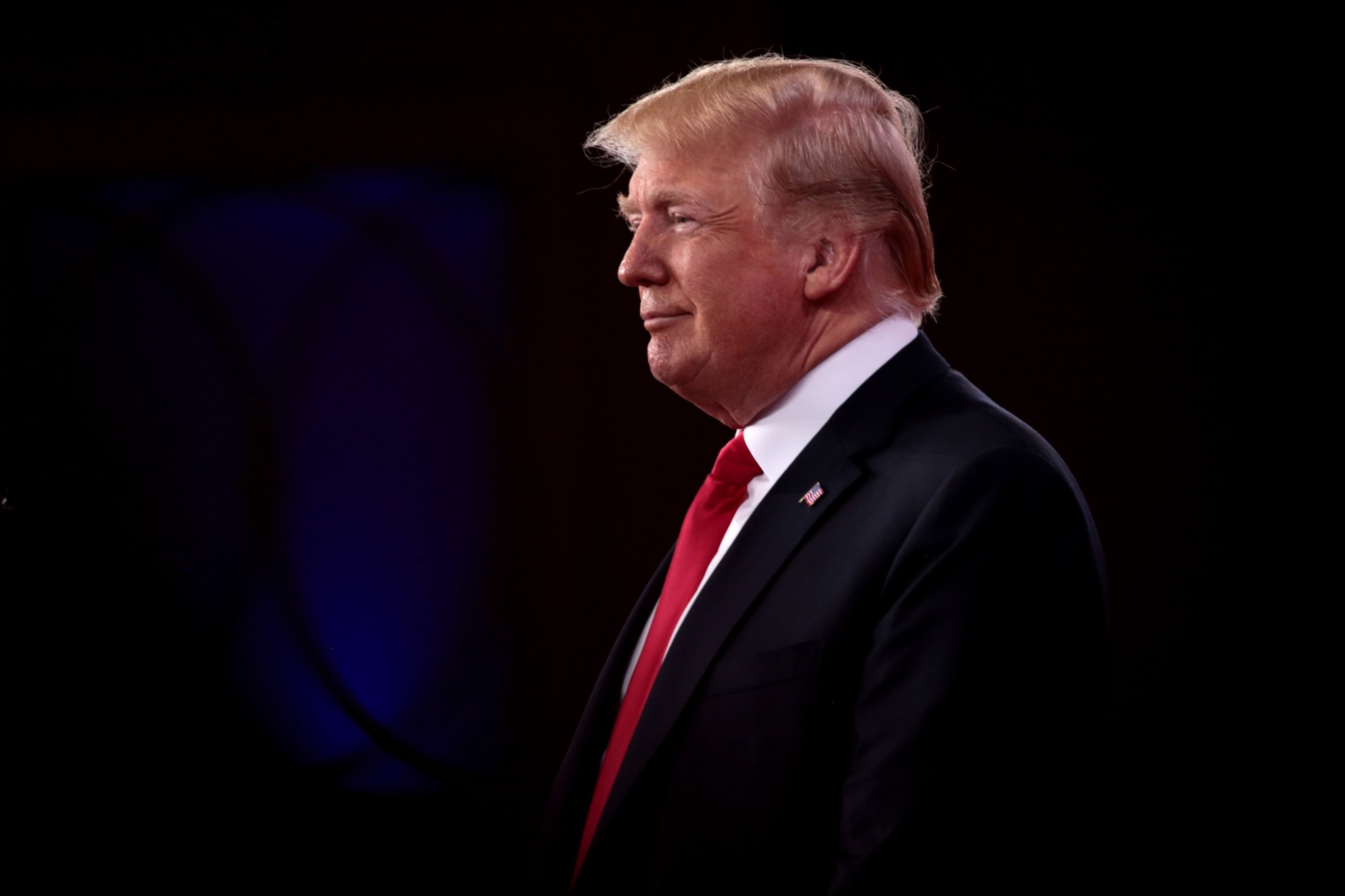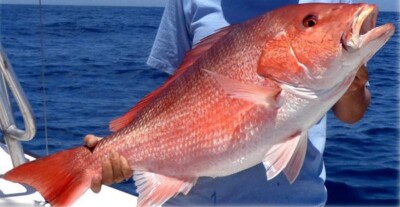The National Fisheries Institute testified before the United States Trade Representative on August 22 in strong opposition to new tariffs proposed by the Trump Administration on Chinese goods.
The tariffs, which could be either 10 or 25 percent, would impact $200 billion in goods sourced annually from China. Robert DeHaan, representing NFI, said the tariffs would harm the seafood industry in the United States.
 “USTR’s proposal will punish American fishermen and the communities that rely on them by making their products more expensive for American families to eat,” said DeHaan. “Of the $2.7 billion in annual seafood shipments subject to this proposal, an estimated $950 million — more than a third — comes from an American fisherman — primarily an Alaska fisherman — harvesting in U.S. waters in a U.S.-flag vessel using a U.S. crew.”
“USTR’s proposal will punish American fishermen and the communities that rely on them by making their products more expensive for American families to eat,” said DeHaan. “Of the $2.7 billion in annual seafood shipments subject to this proposal, an estimated $950 million — more than a third — comes from an American fisherman — primarily an Alaska fisherman — harvesting in U.S. waters in a U.S.-flag vessel using a U.S. crew.”
The Trump Administration’s stated goal for the tariffs — making China respect its obligations regarding intellectual property rights – don’t line up with tariffs on seafood, added DeHaan.
“How punishing these harvesters — and these businesses for ‘Buying American’— will convince China to respect its obligations regarding intellectual property rights and technology transfers is difficult to fathom,” he said. “Cutting fish is not an intellectual property secret.”
Existing tariffs are already hurting the seafood industry domestically. China imposed tariffs on U.S. seafood in response to U.S. tariffs on Chinese goods, in an escalating tit-for-tat with billions of dollars at stake. China’s tariffs already targeted seafood, putting salmon exporters from Alaska and some lobster exporters in Maine in a tricky position.
Alaska has come out strongly against the tariffs, as they threaten a growing seafood trade being established between the state and China.
Now, the Trump Administration’s proposal for additional tariffs has the potential to escalate the conflict even further. According to Dehaan, replacing the goods that are imported from China isn’t as simple as creating more of the goods on U.S. soil.
“The existing supply chains in seafood, as in any other sector, can take many years to build and refine. Modifying them is neither simple nor inexpensive,” he said. “For small- and medium-sized seafood businesses trying to efficiently supply the nation’s largest retailers and restaurants, it will be impossible on the Administration’s likely timeline.”
DeHaan added that the objective of the tariffs – hurting Chinese producers – isn’t going to be met either.
“Exporters of salmon, lobster, Alaska pollock, cod, halibut, sole, whiting, crab, oysters, and a dozen other species are now reaping the whirlwind sowed by the Administration’s Section 301 dispute with China. They face debilitating tariffs of 25, 35, even 45 percent on their shipments to China — a market that in 2017 accounted for more than one-fourth of all U.S. seafood exports,” he said. “This is happening even as China has been unilaterally reducing duties on these and other seafood products in order to spur additional domestic supply for the world’s largest middle class.”
As that growing middle class continues to seek sources of seafood, the United States could be left behind, said DeHaan. “To repeat the point: how making American exporters less competitive in their industry’s largest single overseas market will hobble the Made in China 2025 program is, to put it mildly, less than clear.”
This article was originally published by Seafood Source and is republished here with permission.







